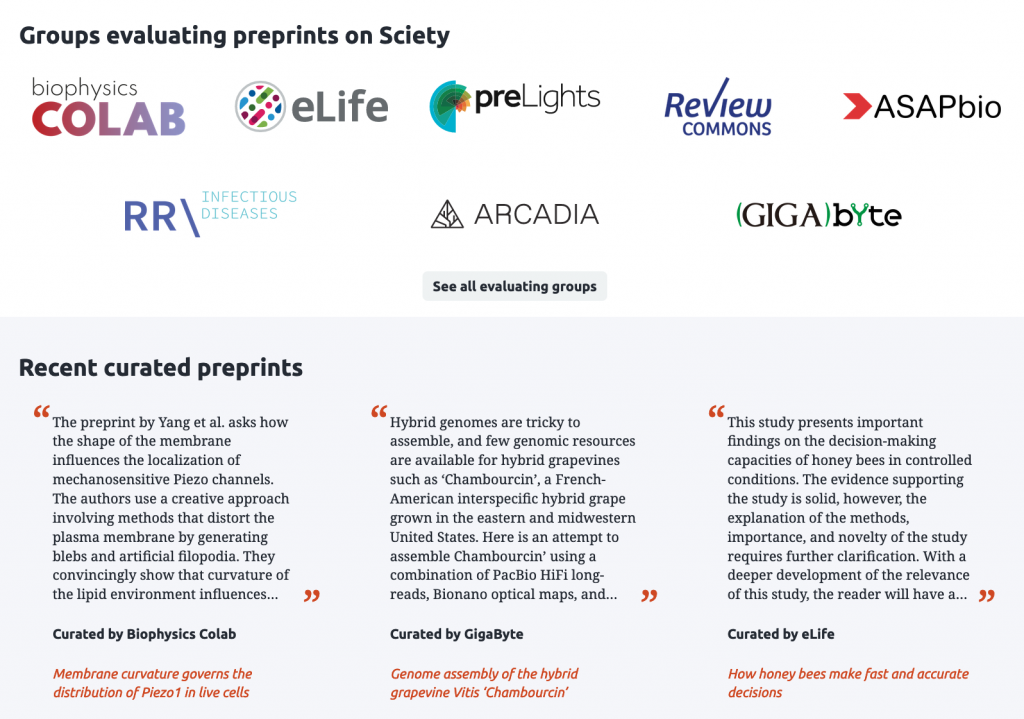
Timed for Peer Review Week 2023, we’d like to announce that GigaByte Journal has integrated a novel ‘Publish, Review, Curate’ (PRC) peer-review model, in partnership with eLife.

Timed for Peer Review Week 2023, we’d like to announce that GigaByte Journal has integrated a novel ‘Publish, Review, Curate’ (PRC) peer-review model, in partnership with eLife.
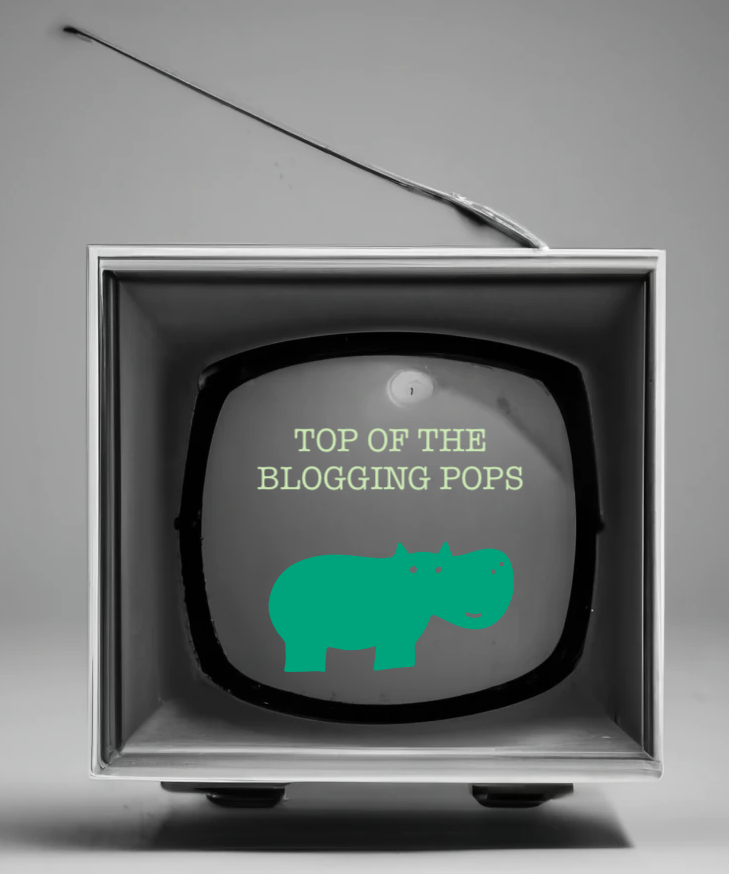
In our previous post we announced we are now archived in Rogue Scholar, a new service that provides full-text search, long-term archiving, DOIs and metadata for science blogs such as ours. In the process of going back through our more than 300 posts over 12-years of blogging we thought we would highlight our favourites.
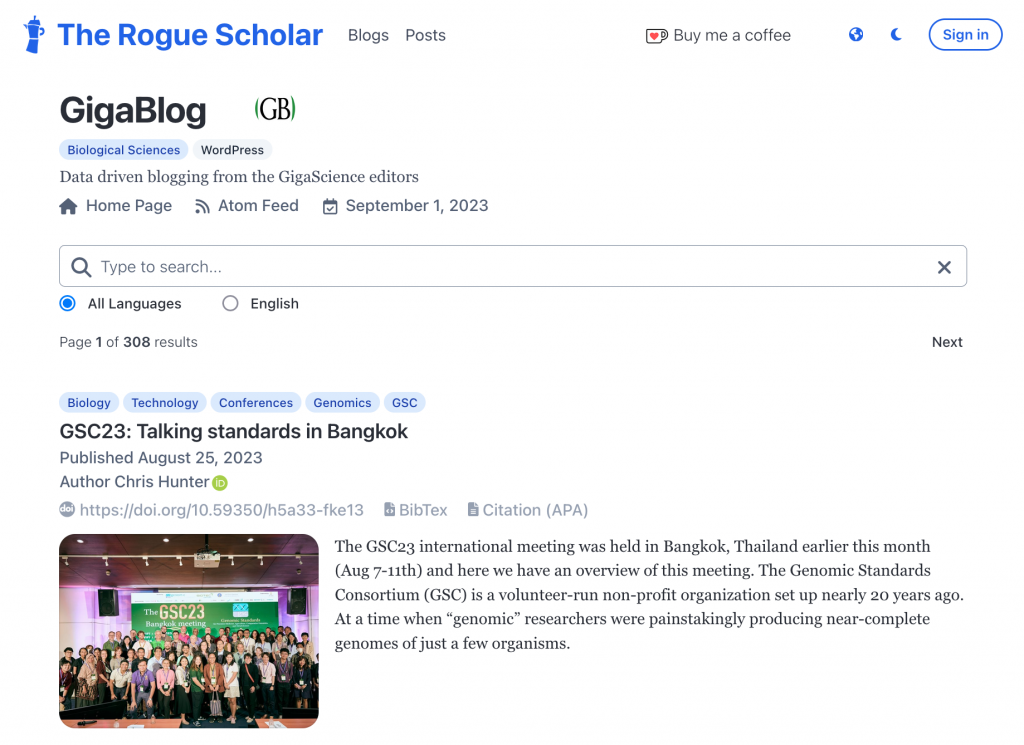
GigaBlog is now archived in Rogue Scholar, a new service that provides what it calls “science blogging on steroids” through including full-text search, long-term archiving, DOIs and metadata for science blogs such as ours. While this July we celebrated the 11 th anniversary of the launch of our first articles at ISMB in Lyon, it was actually the 12 th anniversary of the launch of GigaBlog, the blog of GigaScience
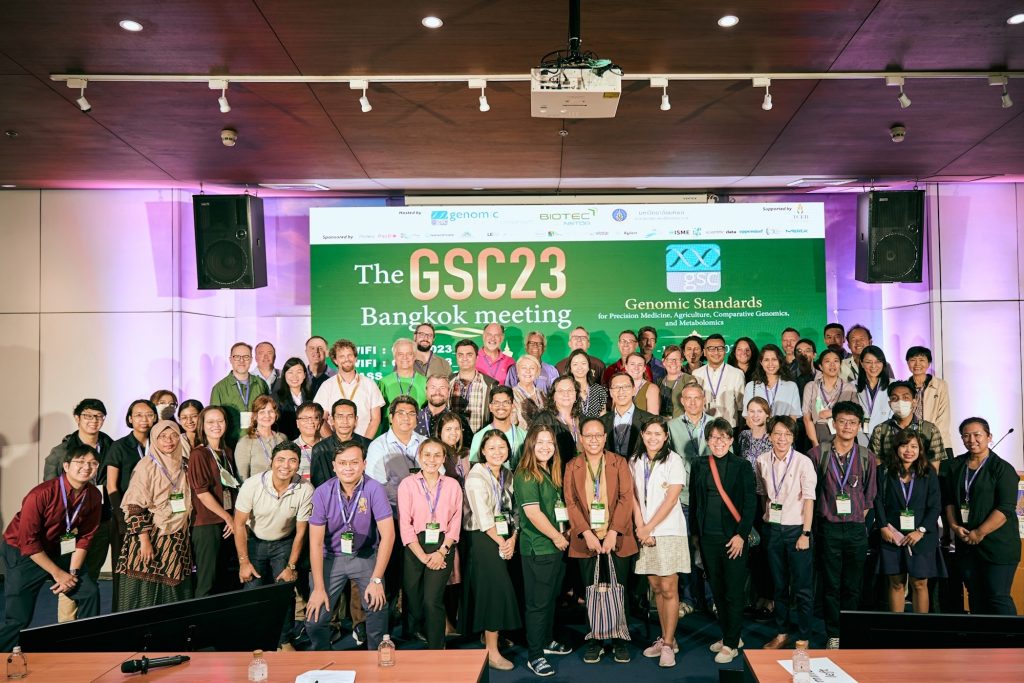
The GSC23 international meeting was held in Bangkok, Thailand earlier this month (Aug 7-11th) and here we have an overview of this meeting. The Genomic Standards Consortium (GSC) is a volunteer-run non-profit organization set up nearly 20 years ago. At a time when “genomic” researchers were painstakingly producing near-complete genomes of just a few organisms.

Once again the GigaScience Press team has gathered at the yearly ISMB (Intelligent Systems for Molecular Biology) meeting to find out about the state of the art of computational biology, as well as celebrate our birthday . Hosted this year in the beautiful city of Lyon, and this year collocated with ISMB’s European sibling ECCB, it’s now been 11 years since GigaScience journals launch at ISMB 2012 in Long
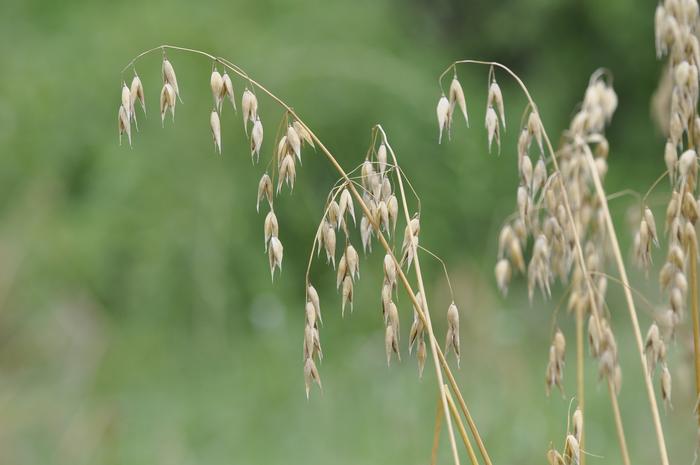
Oat is among the top ten cereal crop species in terms of global production. It can adapt to different climates. Farmers grow it successfully even in harsh environments where other crops such as rice and corn fail. However, not all oat plants are the same. Based on their grains, two major oat varieties can easily be distinguished: Grains of “hulled oat” are covered in a non-edible husk.
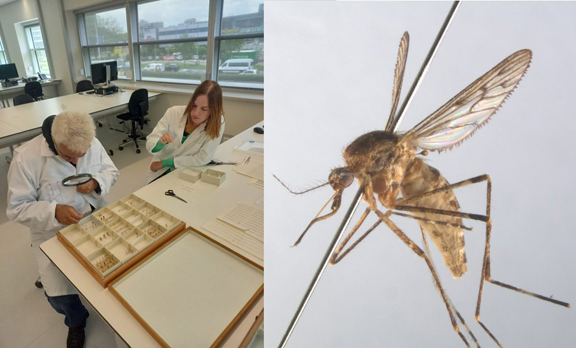
Field notes of early-20th century entomologist Johanna Bonne-Wepster have been turned into crucial new public health data through digitization, filling data gaps and continuing her legacy in forming Dutch tropical medicine research. Natural history collections contain huge amounts of information on diversity, distribution and ecology of a variety of species; however, much of this valuable information is effectively lost

This week in GigaScience , Hasindu Gamaarachchi and colleagues published a paper on their HARU solution for selective sequencing, to be used alongside the handheld (“tricorder” like) Nanopore MinION device . With the MinION, it is possible to kick out all non-target DNA strands before they are processed through the device’s pores, thus selectively sequencing specific target regions of the genome.
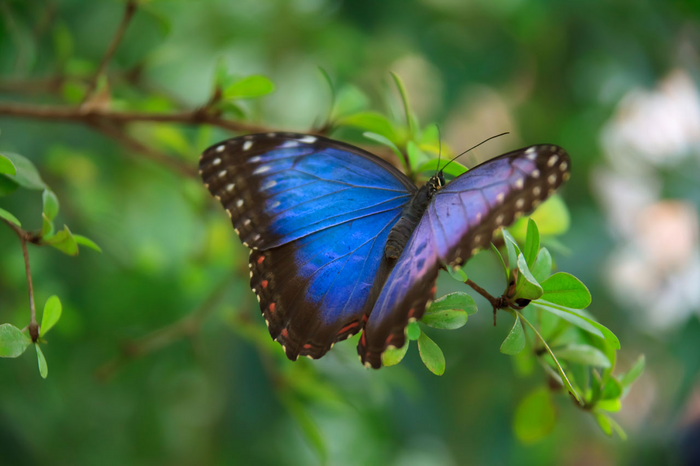
Morpho butterflies are emblematic species of the Amazonian rainforest known for their metallic shades of blue and green. Despite their conspicuous looks and fascinating biology, large-scale genome sequencing efforts have somewhat neglected them – until now.
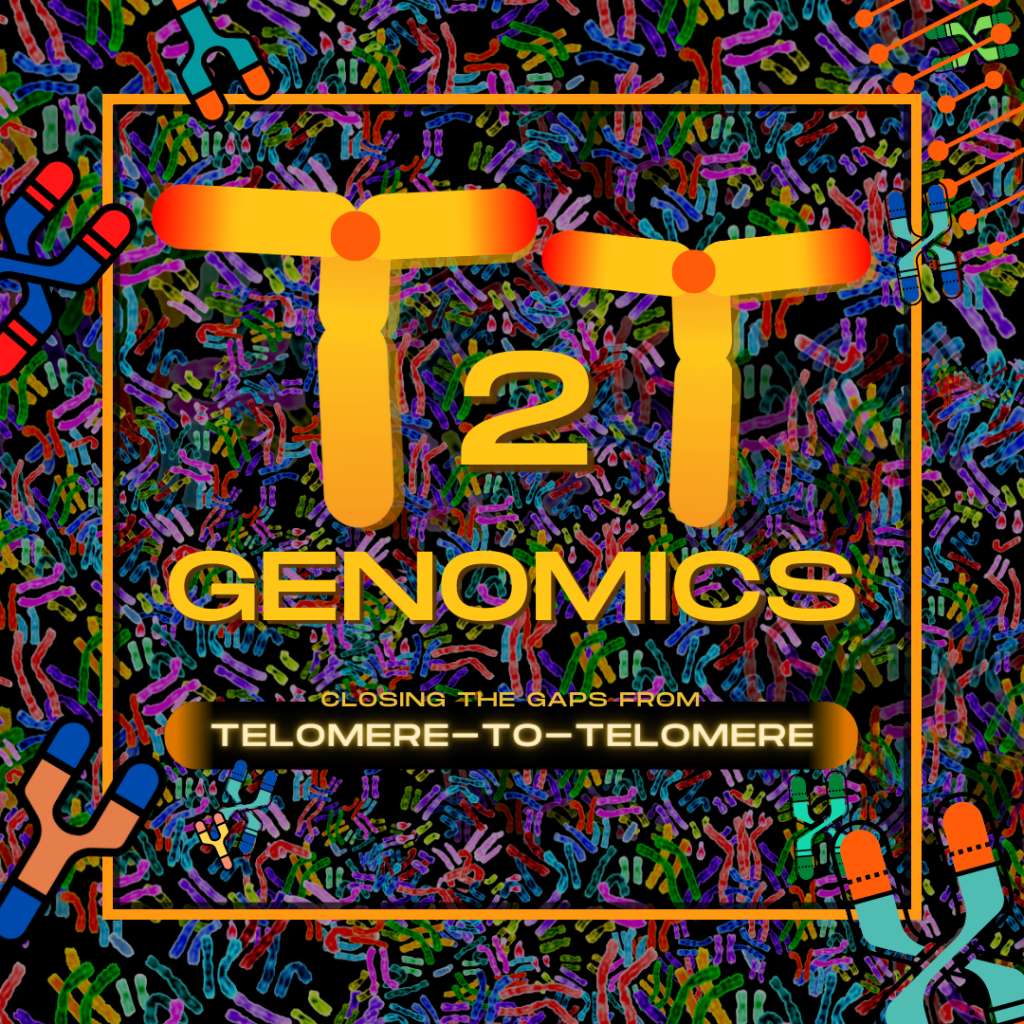
*Series Editors: Jue Ruan (Agricultural Genomics Institute at Shenzhen, Chinese Academy of Agricultural Sciences) and Fritz J Sedlazeck (Human Genome Sequencing Center, Baylor College of Medicine) * While the first draft of the Human Genome was announced back in June 2000 and declared complete in April 2003, it took 20 years for the publication of the first complete, gapless sequence of a human genome in March 2022.
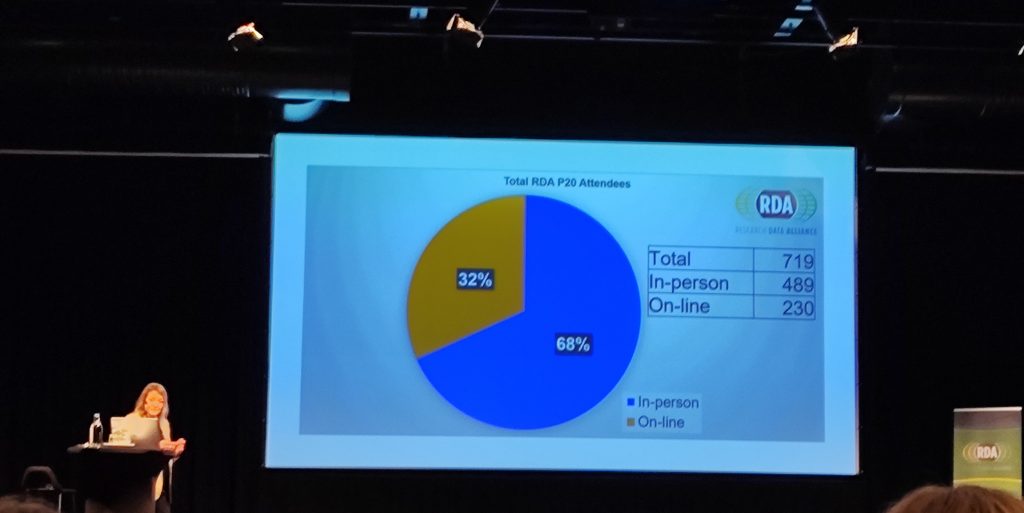
Gothenburg, Sweden played host to the Research Data Alliance (RDA) RDA20 plenary from March 20th to 24th 2023. A hybrid event with most sessions recorded and made available via the Whova app for registered participants. Recordings will be made available on Monday, 1 May 2023 to the wider community.